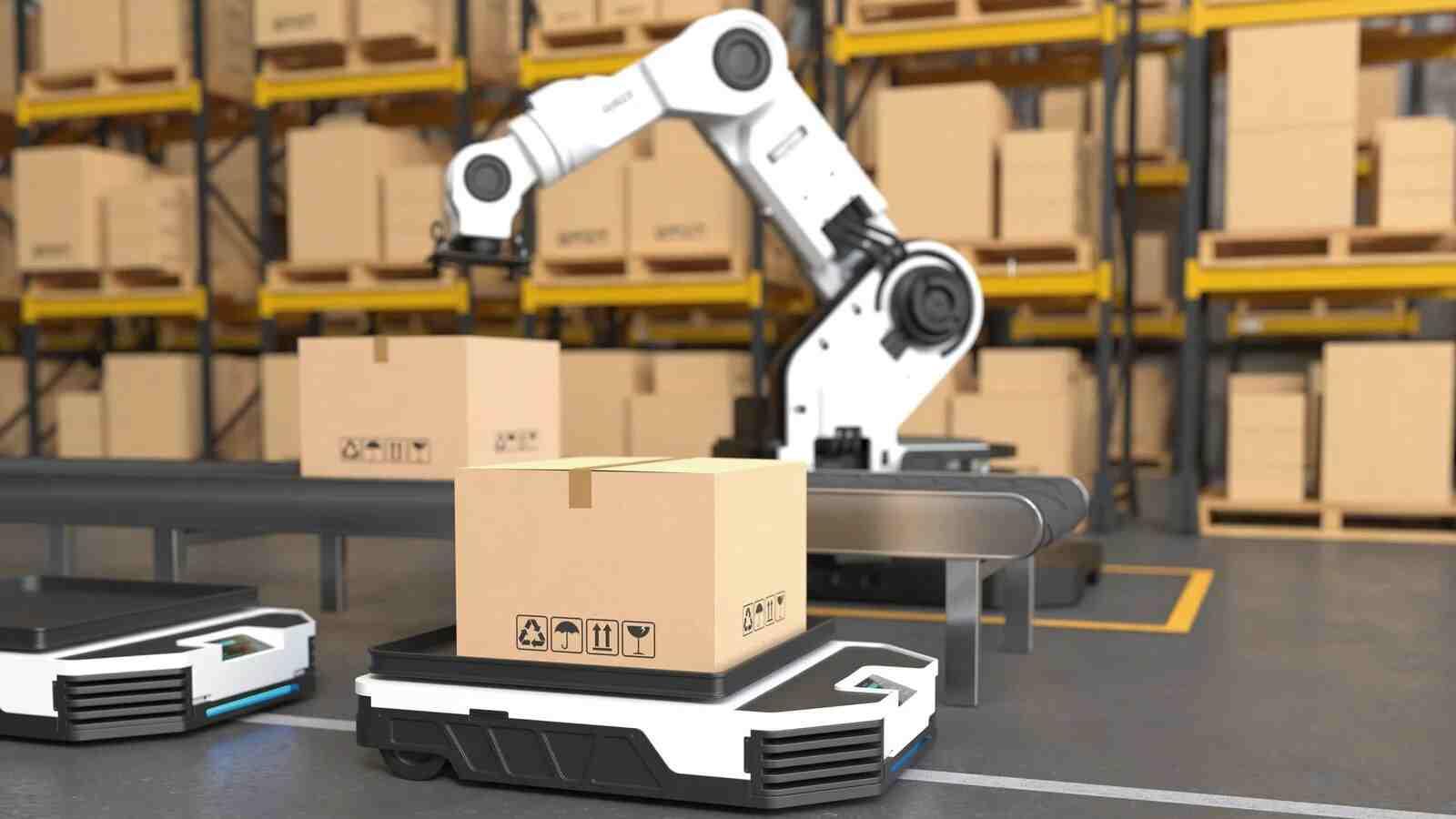The logistics and distribution industry has undergone a significant transformation in recent years, largely due to the advancements in automation technologies. Automation not only increases efficiency and reduces operational costs but also enhances the overall customer experience. As companies seek to streamline their processes, improve accuracy, and boost productivity, these technologies have become indispensable tools for success. From robotics to artificial intelligence (AI), automation is revolutionizing supply chains across the globe. In this article, we explore the key technologies driving automation in logistics and distribution and their impact on the industry.
Introduction to Automation in Logistics
Automation in logistics refers to the use of various technologies to optimize and automate tasks within the supply chain and distribution process. The primary goal of automation is to reduce human intervention, speed up operations, and ensure higher levels of precision. As e-commerce continues to grow and consumer expectations increase, logistics companies are under pressure to enhance their operations. These technologies are allowing businesses to meet these challenges head-on, providing them with a competitive edge in a rapidly evolving marketplace.
Robotics and Automated Material Handling
One of the most visible advancements in logistics automation is the use of robotics for material handling. Robots are now used in warehouses and distribution centers to perform tasks such as picking, packing, sorting, and transporting goods. Automated guided vehicles (AGVs) and robotic arms are helping companies streamline operations by handling repetitive tasks with greater speed and accuracy than humans. These robots can operate continuously, improving productivity and reducing the need for manual labor.
Artificial Intelligence and Machine Learning
Artificial intelligence (AI) and machine learning (ML) are among the most transformative technologies in logistics automation. AI systems can process vast amounts of data in real time, enabling companies to make smarter decisions based on predictive analytics. Machine learning algorithms can learn from historical data to optimize supply chain operations, forecasting demand more accurately and predicting potential disruptions. These technologies are essential for improving route optimization, inventory management, and demand planning, all of which contribute to a more efficient logistics system.
Autonomous Vehicles and Drones
Autonomous vehicles, including trucks and drones, are poised to revolutionize the way goods are transported. Self-driving trucks can transport goods over long distances without the need for human drivers, reducing costs associated with labor and human error. Drones, on the other hand, are being increasingly used for last-mile delivery, allowing businesses to deliver products directly to consumers' doorsteps faster and more efficiently. These technologies are not only improving operational efficiency but also offering new opportunities for faster, cost-effective logistics solutions.
Internet of Things (IoT) and Connected Devices
The Internet of Things (IoT) connects physical devices, sensors, and systems, allowing them to communicate and exchange data. In logistics, IoT devices are used to track shipments in real-time, monitor inventory levels, and improve asset management. Connected sensors on goods and vehicles can provide valuable insights into the condition of products during transportation, such as temperature and humidity levels. This level of visibility enables logistics companies to monitor their operations more closely and address issues before they escalate.
Warehouse Management Systems (WMS)
Warehouse Management Systems (WMS) are software solutions that help businesses manage and optimize warehouse operations. These systems track inventory levels, manage order fulfillment, and ensure that goods are stored and retrieved efficiently. Modern WMS solutions integrate with other automation technologies, such as robotics and AI, to provide real-time updates and insights into warehouse activities. WMS systems are essential for maintaining accuracy and ensuring smooth operations in high-demand environments.
The Role of Big Data and Analytics
Big data and analytics play a crucial role in driving automation in logistics. With vast amounts of data being generated at every step of the supply chain, companies can leverage analytics tools to gain insights into operations, customer behavior, and market trends. By analyzing this data, logistics companies can identify inefficiencies, reduce costs, and make more informed decisions. Data-driven decision-making is helping businesses improve inventory control, route optimization, and customer service.
For more info, visit https://bi-journal.com/top-technologies-driving-automation-logistics/
Conclusion
The technologies driving automation in logistics and distribution are changing the industry in profound ways. Robotics, AI, autonomous vehicles, IoT, and advanced data analytics are all working together to create a more efficient, cost-effective, and sustainable supply chain. As these technologies continue to evolve, we can expect even more groundbreaking innovations that will shape the future of logistics and distribution. Businesses that embrace these advancements will be better positioned to meet the demands of an increasingly competitive market.

